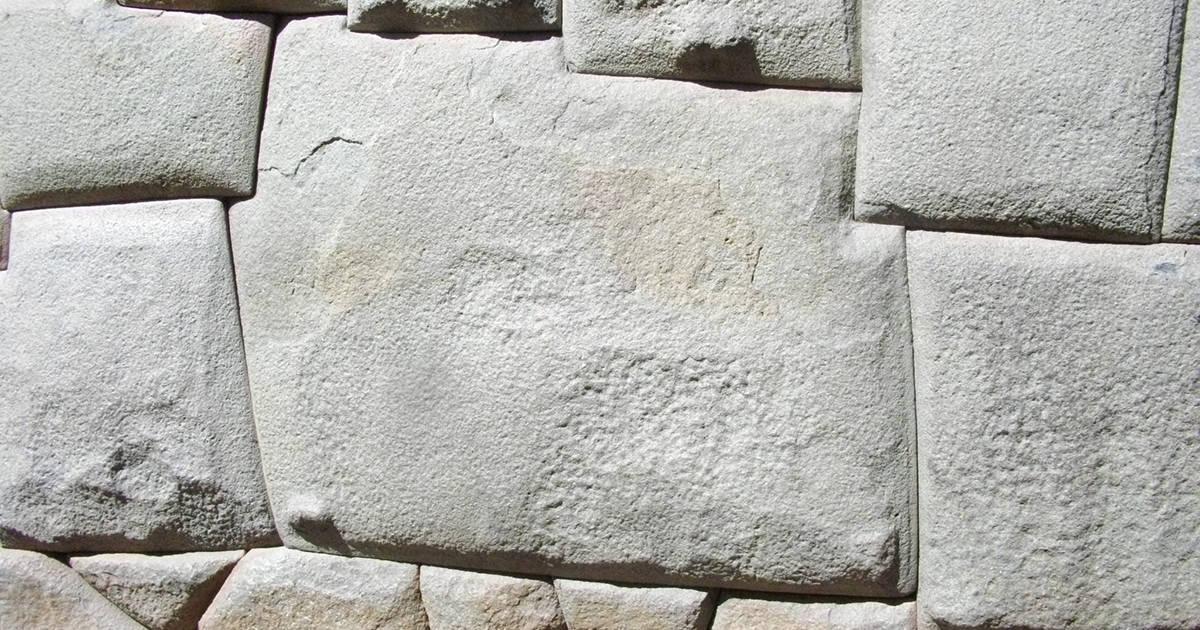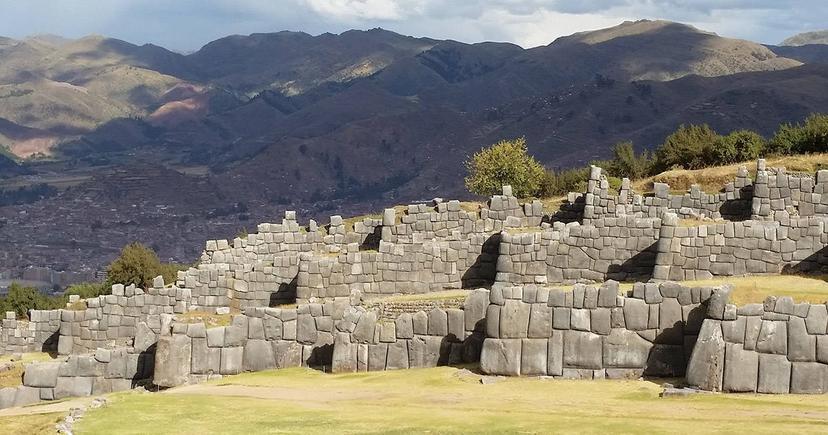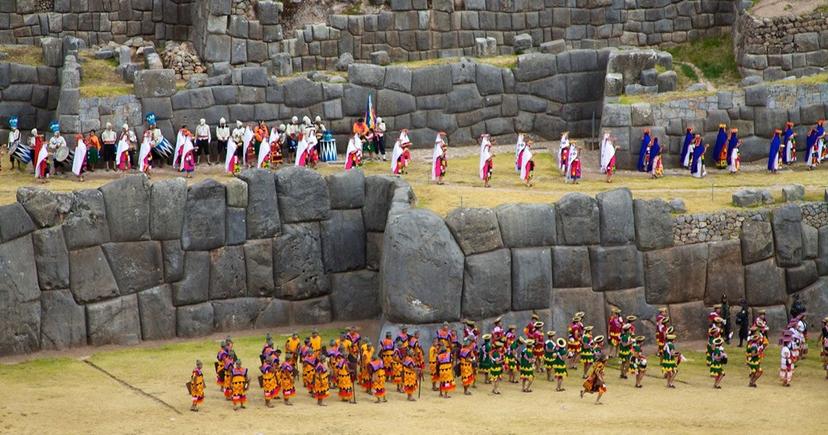
The architectural mastery of the great Inca civilization mystifies archaeologists around the world. To illustrate, the Twelve Angle Stone of Hatunrumiyoc in Cusco is one of the most sophisticated examples of their ingenuity, with its 12 angles fitting seamlessly into the surrounding wall. It was laid by Inca masons over 700 years ago, and today is considered a National Heritage Object. The material is a green diorite igneous rock and it is about six feet deep and weighs six tons.
The significance of the 12 angles is not widely known, but it is believed to represent the division of 24 families of Cusco: 12 during the Hurin dynasty and 12 during the Hanan dynasty. The stone was originally part of the Inca palace called Palacio Inca Roca. In the early 20th century, it became the Archbishop’s palace.
The perfectionist Inca stonework is remarkable. This is because they laid the stones so precisely that the use of mortar to hold them together was not necessary. In fact, so perfectly the stones fit, that a piece of paper would not fit between them. As a result, their constructions were also so stable, that they would simply “dance” and then resettle in the event of an earthquake. The 12-angle stone is the most complex example of this puzzling precision.

Twelve Angle Stone of Cusco numerated. Image by Ian Burke.
A visit to Cusco is not complete without seeing the twelve angled stone.
Admission to this marvel in the historic heart of Cusco in free of charge. It is completely free and “open” to view 24 hours a day, seven days a week. It is located on a narrow pedestrian street called Calle Hatunruminyoc just two blocks from the Plaza de Armas. You will typically see many visitors gathered around it waiting to marvel at and take photos with it. Touching the 12 angle stone is forbidden.
Cusco Tours:
The stone is actually set in an ancient wall called hatunrumiyoc. The wall makes up one side of the Archbishop’s palace. Hatunruminyoc, according to scholars, means “house that has large stones” in Quechua. This is one of the best-preserved Inca walls in the entire region, with colonial structures built around it.
You can also visit the 12-Angle Stone as part of a free walking tour of Cusco, which depart multiple times daily from the Plaza de Armas. A tour guide can help bring the history of this enigmatic stone to life.
Check out our mini-documentary about the twelve angle stone of Hatunrumiyoc by Peru for Less videographer Ian Burke:



Email: [email protected]
Sign up to receive our newsletter for great articles, stunning photos, and special deals.